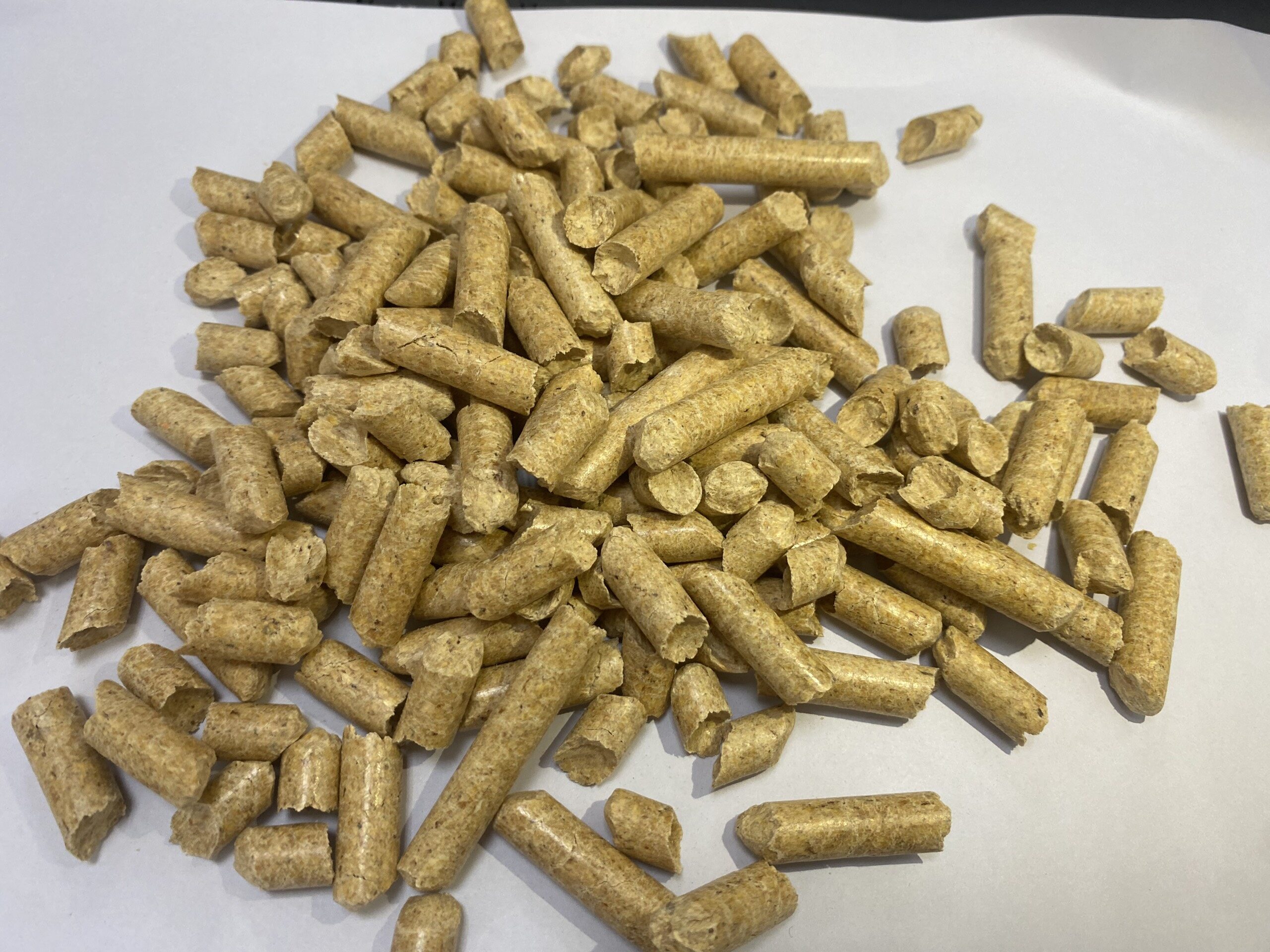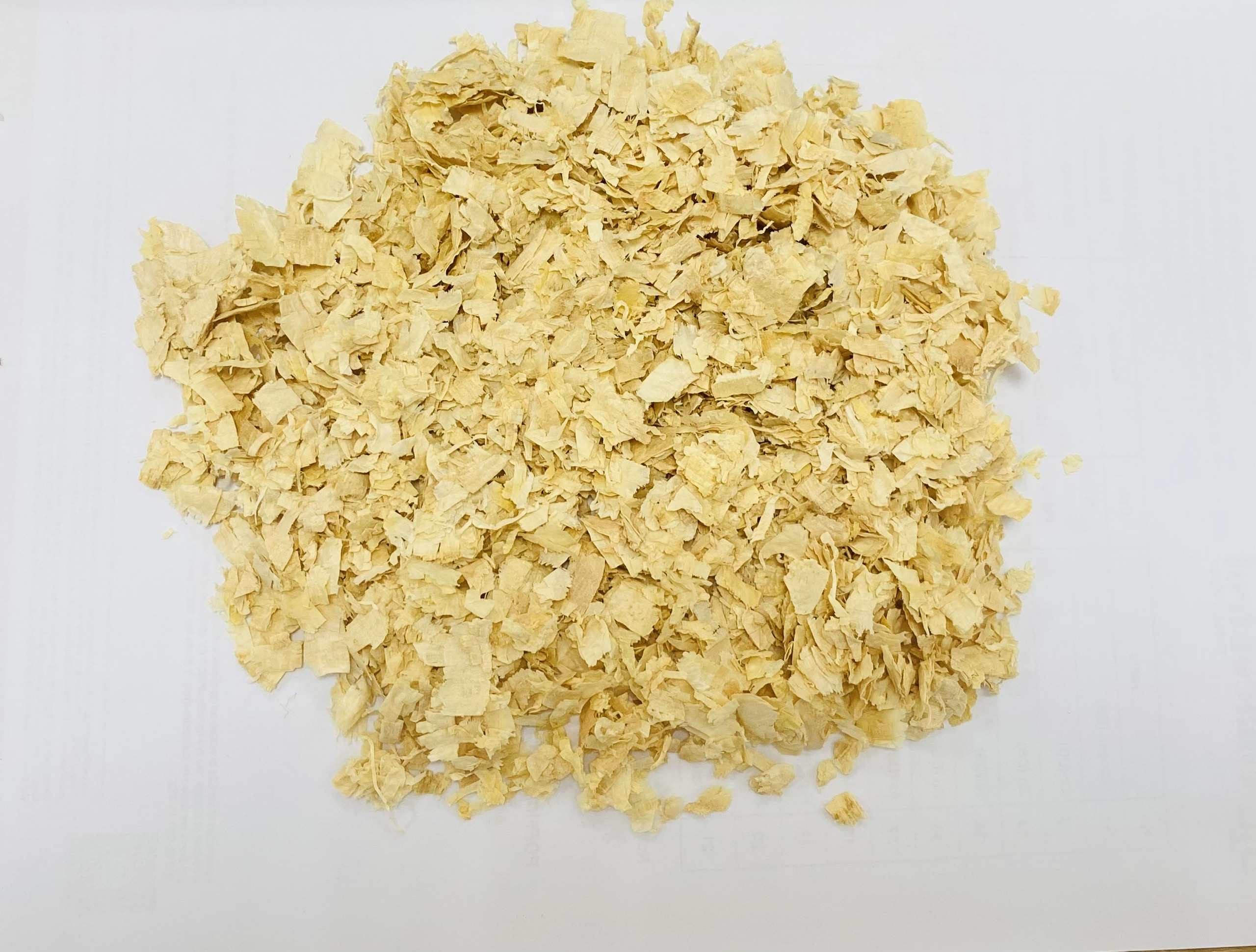Introduction of Pine wood pellets
When it comes to choosing the best bedding material for your horse, the options can seem overwhelming. Straw, shavings, sawdust, and even rubber mats have their pros and cons, but one option that has gained significant traction in recent years is pine wood pellets. Known for their superior absorbency, odor control, and low dust production, pine wood pellets offer a multitude of benefits that make them an increasingly popular choice among horse owners. In this article, we’ll explore the numerous advantages of using pine wood pellets for horse bedding and why they might be the ideal solution for your stable.

Main Benefits of Pine Wood Pellets for Horse Bedding
Exceptional Absorbency
One of the standout features of pine wood pellets is their exceptional absorbency. These pellets are made by compressing pine wood sawdust and shavings under high pressure, which creates a dense, compact product. When these pellets come into contact with moisture, they quickly absorb it, expanding into a soft, fluffy material. This transformation not only locks in moisture but also provides a dry, comfortable surface for your horse. The high absorbency rate of pine wood pellets means that wet spots are minimized, reducing the frequency of bedding changes and keeping the stall environment drier and healthier for your horse.
Effective Odor Control
Odor control is a significant concern in any horse stable. Ammonia buildup from urine can create unpleasant smells and can also pose health risks to both horses and humans. Pine wood pellets excel in controlling and neutralizing odors due to the natural properties of pine wood. The wood’s natural oils have antibacterial properties, which help reduce the presence of ammonia-producing bacteria. As the pellets absorb moisture and expand, they also trap and neutralize odors, creating a fresher, more pleasant environment. This makes pine wood pellets an excellent choice for maintaining air quality in your stable.
Low Dust Production
Dust can be a significant problem in horse stables, leading to respiratory issues for both horses and handlers. Traditional bedding materials like straw and sawdust can produce a lot of dust, especially as they break down over time. Pine wood pellets, on the other hand, produce very little dust, even as they decompose. The compression process used to create the pellets reduces the amount of loose particles, resulting in a cleaner, healthier environment. This low dust production is particularly beneficial for horses with respiratory sensitivities and for maintaining overall air quality in the stable.
Ease of Handling and Maintenance
Pine wood pellets are incredibly easy to handle and maintain. Their compact form makes them easy to store and transport, and they are lightweight enough for quick and easy spreading in the stall. When the pellets are first laid down, they may appear hard, but after being moistened slightly, they expand into a soft, absorbent bedding material. This expansion process not only makes them more comfortable for your horse but also means that a smaller volume of pellets is needed compared to other bedding materials. Maintenance is also simplified, as the absorbent nature of the pellets reduces the frequency of bedding changes and makes it easier to spot-clean the stall.
Comparisons with Other Bedding Materials
Pine Wood Pellets vs. Straw
Straw has been a traditional bedding material for horses for centuries, and while it has its benefits, it also comes with several drawbacks. Straw is bulky, difficult to store, and can harbor dust and mold, which can be harmful to horses. In comparison, pine wood pellets are compact, easy to store, and produce minimal dust. They also offer superior absorbency, meaning fewer bedding changes and less waste overall. While straw may be less expensive initially, the long-term cost savings from reduced waste and maintenance can make pine wood pellets a more economical choice.
Pine Wood Pellets vs. Shavings
Wood shavings are another popular bedding material, particularly for their soft texture and pleasant smell. However, shavings can be less absorbent than pellets, meaning that more frequent bedding changes may be necessary to maintain a dry stall environment. Shavings can also produce more dust than pellets, particularly as they break down over time. Pine wood pellets, on the other hand, offer a higher level of absorbency and significantly lower dust production. They also expand when wet, providing a soft, comfortable bed with less material needed overall.

Pine Wood Pellets vs. Sawdust
Sawdust is often used as bedding because it is inexpensive and readily available. However, it can be extremely dusty, which poses a risk to both horse and human respiratory health. Sawdust also tends to compact and become soggy when wet, leading to an uncomfortable and potentially harmful environment for your horse. Pine wood pellets offer a much cleaner, more absorbent alternative. Their low dust production and ability to expand and soften when wet make them a far superior choice for horse bedding.
Environmental Impact of Pine Wood Pellets
One of the key benefits of pine wood pellets is their environmental sustainability. These pellets are typically made from byproducts of the lumber industry, such as sawdust and wood shavings, which might otherwise go to waste. By repurposing these materials into high-quality bedding, the production of pine wood pellets contributes to reducing waste and promoting sustainable practices. Additionally, the compact nature of pellets means that fewer resources are needed for transportation and storage, further reducing their environmental footprint. For environmentally conscious horse owners, pine wood pellets offer a way to care for their horses while also minimizing their impact on the planet.
